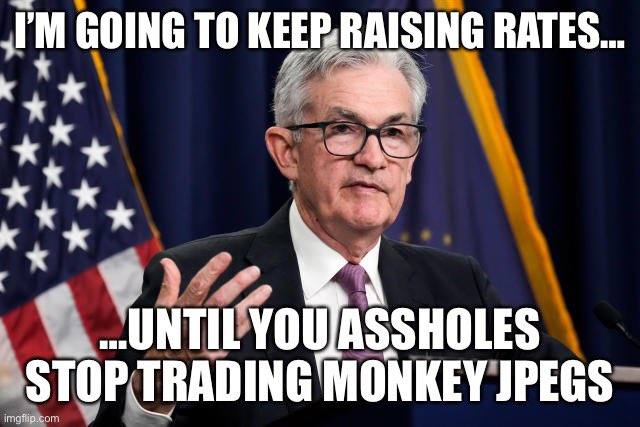Announcement
Collapse
No announcement yet.
BIG SHORT ll
Collapse
Logging in...
Welcome to Agriville! You need to login to post messages in the Agriville chat forums. Please login below.
X
-
-
The Bank of England just pivoted overnight., After a few rate increases, their currency broke, so they are now back to buying bonds.
Same thing will happen here in a few months. A super indebted west who has sent its productive capacity abroad to chase the fiat dream is ripe for a sovereign debt crisis. We will be living with high inflation for a while.
Comment
-
Central bank policy is a total mess . . . . Watch the Fed panic in early 2023 when the wheels totally fall-off- the-wagon.Originally posted by jazz View PostThe Bank of England just pivoted overnight., After a few rate increases, their currency broke, so they are now back to buying bonds.
Same thing will happen here in a few months. A super indebted west who has sent its productive capacity abroad to chase the fiat dream is ripe for a sovereign debt crisis. We will be living with high inflation for a while.
Comment
-
One report that things were breaking so fast the pension funds can't make the margin calls so BOE came in with support.Originally posted by jazz View PostThe Bank of England just pivoted overnight., After a few rate increases, their currency broke, so they are now back to buying bonds.
Same thing will happen here in a few months. A super indebted west who has sent its productive capacity abroad to chase the fiat dream is ripe for a sovereign debt crisis. We will be living with high inflation for a while.
Some now predicting 22% inflation in the works for Britain if more QE.
It's a tangled web for sure.
Sometimes you think you are looking ahead but soon realize it already happened.
Comment
-
Pension funds are simply deer staring in-the-headlights. Can only perform when the good times of money printing roll . . . .Originally posted by shtferbrains View PostOne report that things were breaking so fast the pension funds can't make the margin calls so BOE came in with support.
Some now predicting 22% inflation in the works for Britain if more QE.
It's a tangled web for sure.
Sometimes you think you are looking ahead but soon realize it already happened.
Comment
-
This is the jest of Janet Yellen's comments this week; Financial markets are functioning normally. The U.S. will likely dodge a recession. Inflation is too high, ie; rates will continue to climb. Basically, nothing to see here.
Guess we can all relax now . . . .
Comment
- Reply to this Thread
- Return to Topic List

Comment